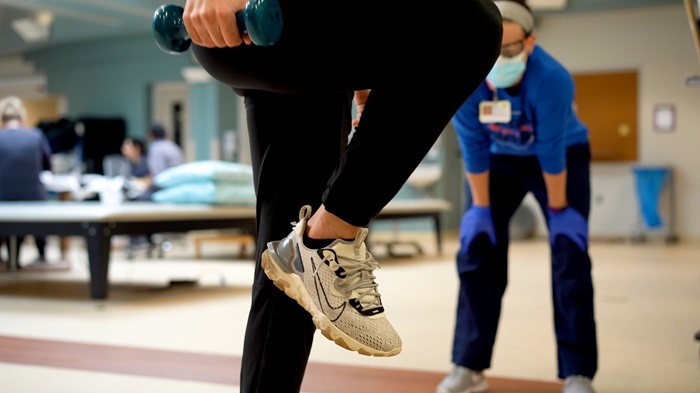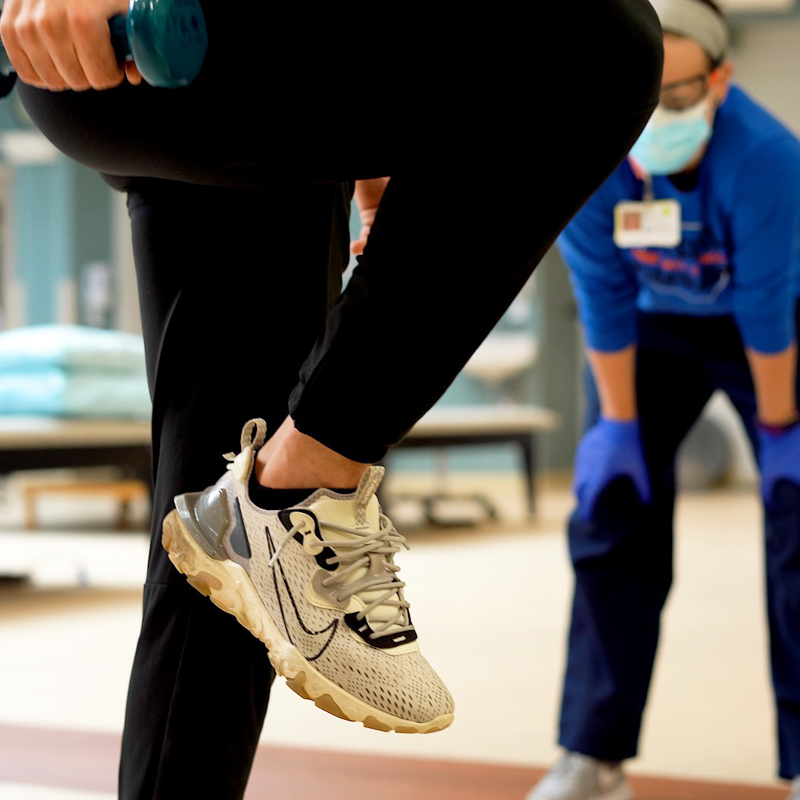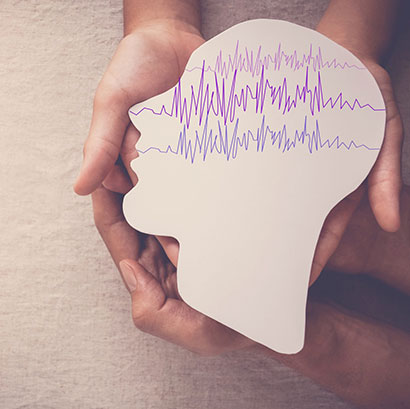Getting Back on Track After a Sports Injury

September 07, 2021
If you have sustained an injury, one of your first questions after treatment will be, “When can I get back in action?” That might be even more pressing if you regularly work out or play team sports. Siddhant Mehta, M.D., Ph.D., orthopedic surgeon at Palisades Medical Center and Hackensack University Medical Center, says it’s important to pay attention to two things.
- “First, manage your expectations,” he says. Healing takes time, and each case is unique. Even the same injury heals differently in different individuals. Each patient’s treatment plan is unique to account for underlying health concerns and normal level of activity.
- “Second, use pain as a barometer once you resume activity,” he says. You might experience some mild discomfort as you work the damaged joint or muscles, but if the pain is severe, stop what you’re doing.
If You’ve Had Surgery
For sports injury patients who require surgery, Dr. Mehta gives the patient a recovery plan as they are planning the surgery and reinforces this immediately before and after the operation. He likes to see them a week after surgery to reinforce their restrictions and give them guidelines on what they can and can’t do. “Then I follow up a little later to confirm their understanding,” he says.
It’s critical for patients to understand what can result if postoperative instructions aren’t followed:
- Fractured bones are at risk of not healing properly.
- A surgically placed plate and screws can fail if the bone is forced to handle too much weight or stress too early.
- In soft tissue-repair procedures, like ligament or tendon reconstruction, early loading can lead to failure of the repair or internal or external sutures can rip through the tissue.
Dr. Mehta advises gradual, progressive motion early in the recuperative phase. “Depending on the type of surgery, I like to give the patient some small range-of-motion exercises early on to prevent the joint from becoming stiff,” says Dr. Mehta. But he stresses that every doctor has his or her own protocols for rehabilitation after surgery.
Part of the post-op evaluation is establishing the correct time to start physical therapy. “The purpose of physical therapy is to regain range of motion, strength and neuromuscular control in a controlled manner,” Dr. Mehta says. For athletes who are part of a team, an athletic trainer may also be able to monitor progress and assist in the rehab. “Once you’ve safely restored range of motion, then you can progressively start strengthening and conditioning,” he says.
Tips for Getting Back to Normal Activity
Follow these steps to get back to a normal level of activity, or as close to it as possible:
- Even before treatment, make sure you have a clear understanding from your physician of your limitations and the projected time frame for complete healing. It may be weeks or months, depending on the injury.
- Follow postoperative instructions regarding use of the repaired area, and what movements are allowed or those that should be avoided.
- Check in with your doctor if you are unsure about a certain exercise or activity.
- Work closely with a physical therapist, if necessary, to manage rehabilitation.
- Don’t rush things! You may set your healing back or cause new damage.
The material provided through HealthU is intended to be used as general information only and should not replace the advice of your physician. Always consult your physician for individual care.
Five Tips for a Healthier Workout

Three of our cardiologists share how to fit heart healthy exercise into even the busiest schedules.
How COVID-19 Affects Kids

It’s not just adults who are experiencing long-lasting complications from COVID.

Seizure Disorders in Children
There are roughly 470,000 children with epilepsy, according to the Centers for Disease Control and Prevention.

4 Ways You Can Help NICU Parents
If someone you know has a child in the NICU, here's how to help.

Are High Heels Bad For You?
High heels can not only cause painful problems in your feet and ankles, but also harm your knees, hips and spine.
